Anomaly Recognition Based on Deep Diffusion Neural Network
DOI: 10.23977/autml.2024.050208 | Downloads: 10 | Views: 637
Author(s)
Daniel Tang 1
Affiliation(s)
1 Fairmont School, California, USA
Corresponding Author
Daniel TangABSTRACT
In the world of enterprise management, receiving numerous text messages is an everyday thing. As businesses expand, the amount of text data multiplies rapidly, often causing an excess of information. This can delay management's response to urgent matters or problems faced by frontline staff. To solve this, we suggest creating a model that recognizes issues using daily employee data. This model can handle large amounts of text, drawing out both clear and hidden features to build a complex network model. Its main job is to give early warnings and predictions about unusual or significant events. This helps businesses operate more smoothly and make smarter choices based on what's likely to happen. We've tested this model, and the results show it works well. Its predictions demonstrate an ability to accurately identify problems and risks, making it a valuable resource for business management.
KEYWORDS
Deep diffusion models, neural network, Natural language processingCITE THIS PAPER
Daniel Tang, Anomaly Recognition Based on Deep Diffusion Neural Network. Automation and Machine Learning (2024) Vol. 5: 72-81. DOI: http://dx.doi.org/10.23977/autml.2024.050208.
REFERENCES
[1] Bao, F., Li, C., Zhu, J., Zhang, B., 2022. Analytic-dpm: an analytic estimate of the optimal reverse variance in diffusion probabilistic models. arXiv preprint arXiv:2201.06503.
[2] Cheng, L., Cai, W., Shao, X., 2005. An energy-based perturbation and a taboo strategy for improving the searching ability of stochastic structural optimization methods. Chemical physics letters 404, 182–186.
[3] Dupont, T., Nichols, L.D., 2021. Skateboarding in the Iron Cage: An exploratory examination of professional skate identities in Street League Skateboarding. Lifestyle sports and identities: Subcultural careers through the life course 248–257.
[4] Eddy, S.R., 1996. Hidden markov models. Current opinion in structural biology 6, 361–365.
[5] Jolicoeur-Martineau, A., Li, K., Piché-Taillefer, R., Kachman, T., Mitliagkas, I., 2021. Gotta go fast when generating data with score-based models. arXiv preprint arXiv:2105.14080.
[6] Maćkiewicz, A., Ratajczak, W., 1993. Principal components analysis (PCA). Computers & Geosciences 19, 303–342.
[7] Mansouri, A., Affendey, L.S., Mamat, A., 2008. Named entity recognition approaches. International Journal of Computer Science and Network Security 8, 339–344.
[8] Nadkarni, P.M., Ohno-Machado, L., Chapman, W.W., 2011. Natural language processing: an introduction. Journal of the American Medical Informatics Association 18, 544–551.
[9] Salimans, T., Goodfellow, I., Zaremba, W., Cheung, V., Radford, A., Chen, X., 2016. Improved techniques for training gans. Advances in neural information processing systems 29.
[10] Sinha, K., Jia, R., Hupkes, D., Pineau, J., Williams, A., Kiela, D., 2021. Masked language modeling and the distributional hypothesis: Order word matters pre-training for little. arXiv preprint arXiv:2104.06644.
[11] Wang, S., Wang, R., Yao, Z., Shan, S., Chen, X., 2020. Cross-modal scene graph matching for relationship-aware image-text retrieval, in: Proceedings of the IEEE/CVF Winter Conference on Applications of Computer Vision. pp. 1508–1517.
[12] Zheng, S., Jayasumana, S., Romera-Paredes, B., Vineet, V., Su, Z., Du, D., Huang, C., Torr, P.H., 2015. Conditional random fields as recurrent neural networks, in: Proceedings of the IEEE International Conference on Computer Vision. pp. 1529–1537.
| Downloads: | 3722 |
|---|---|
| Visits: | 167067 |
Sponsors, Associates, and Links
-
Power Systems Computation
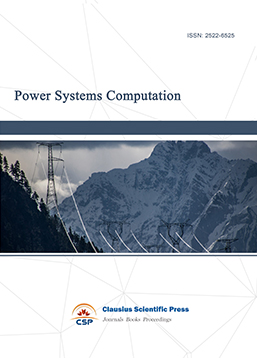
-
Internet of Things (IoT) and Engineering Applications
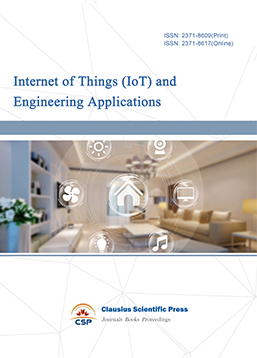
-
Computing, Performance and Communication Systems
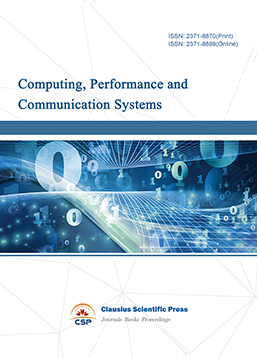
-
Journal of Artificial Intelligence Practice
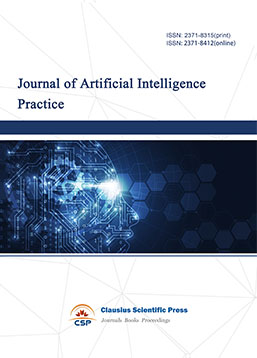
-
Advances in Computer, Signals and Systems
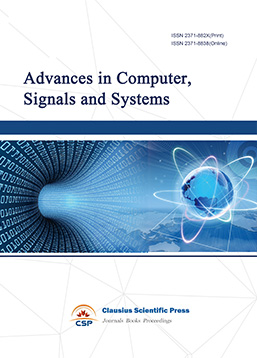
-
Journal of Network Computing and Applications
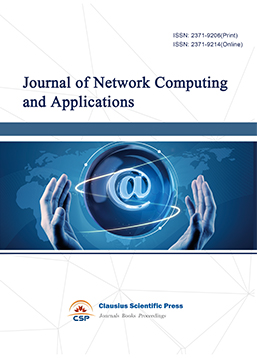
-
Journal of Web Systems and Applications
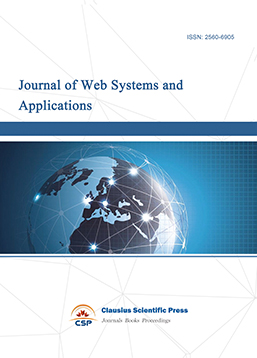
-
Journal of Electrotechnology, Electrical Engineering and Management
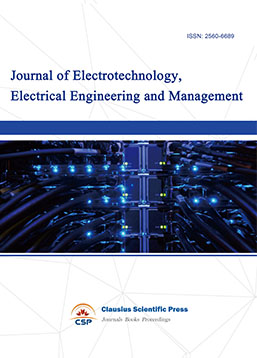
-
Journal of Wireless Sensors and Sensor Networks
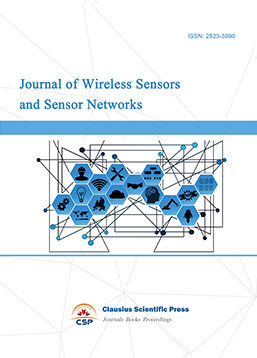
-
Journal of Image Processing Theory and Applications
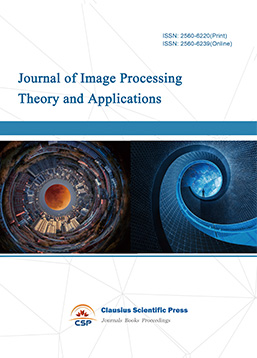
-
Mobile Computing and Networking
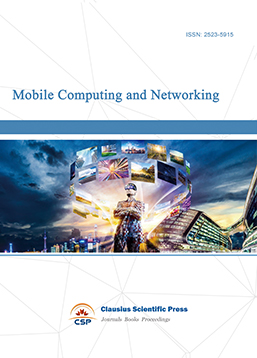
-
Vehicle Power and Propulsion
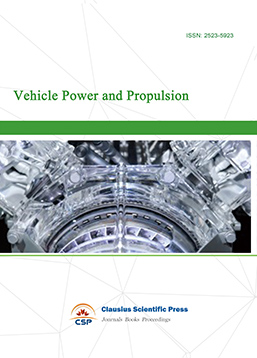
-
Frontiers in Computer Vision and Pattern Recognition
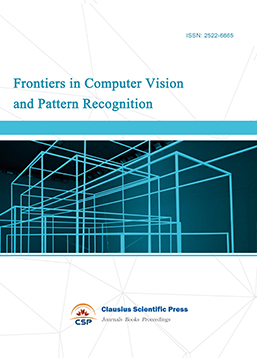
-
Knowledge Discovery and Data Mining Letters
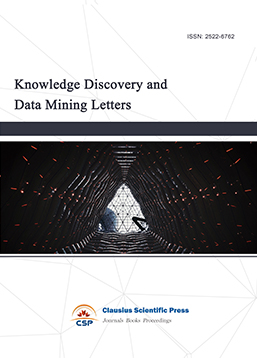
-
Big Data Analysis and Cloud Computing
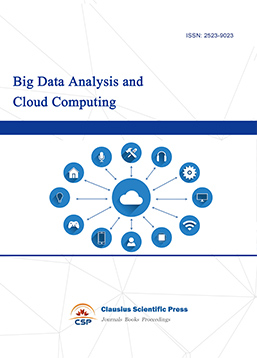
-
Electrical Insulation and Dielectrics
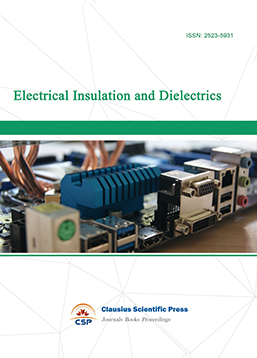
-
Crypto and Information Security
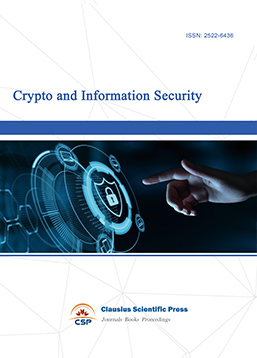
-
Journal of Neural Information Processing
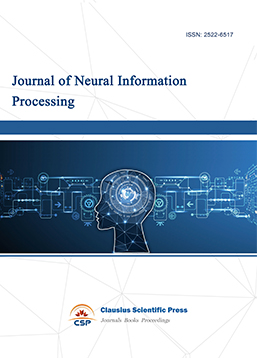
-
Collaborative and Social Computing
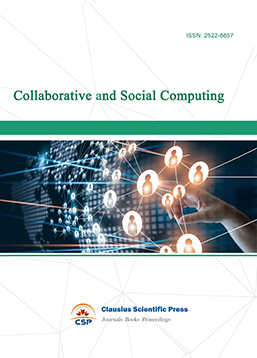
-
International Journal of Network and Communication Technology
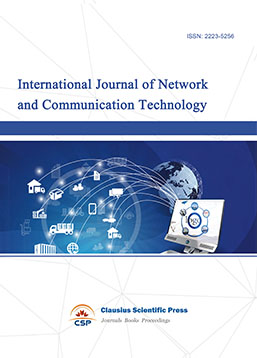
-
File and Storage Technologies
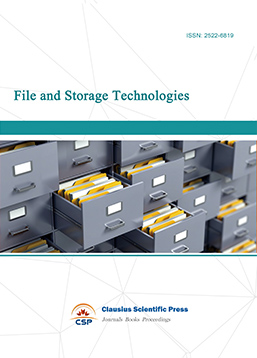
-
Frontiers in Genetic and Evolutionary Computation
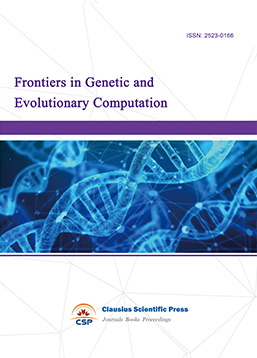
-
Optical Network Design and Modeling
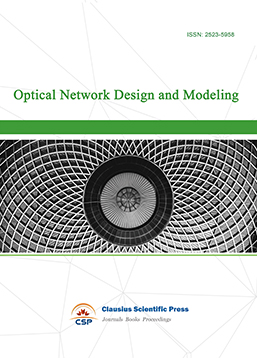
-
Journal of Virtual Reality and Artificial Intelligence
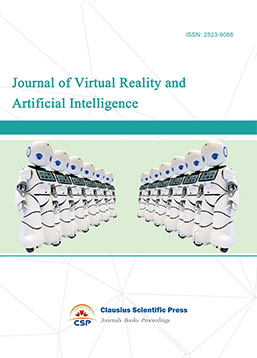
-
Natural Language Processing and Speech Recognition
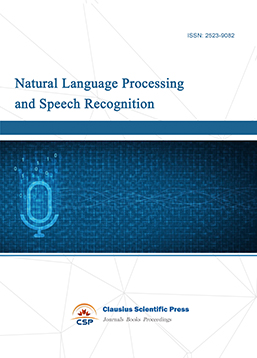
-
Journal of High-Voltage
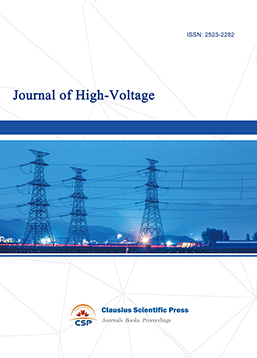
-
Programming Languages and Operating Systems
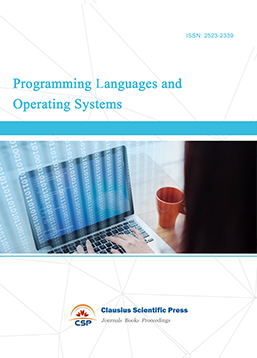
-
Visual Communications and Image Processing
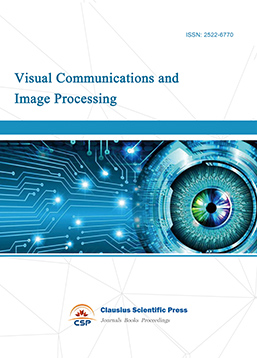
-
Journal of Systems Analysis and Integration
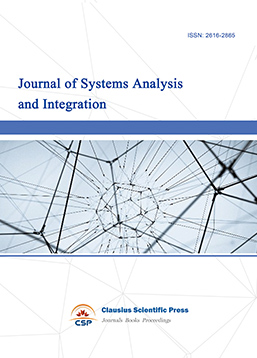
-
Knowledge Representation and Automated Reasoning
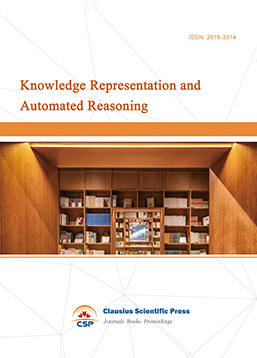
-
Review of Information Display Techniques
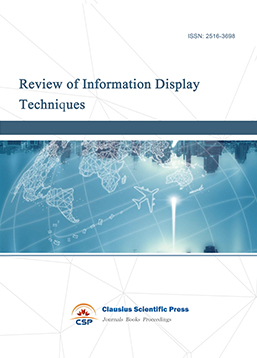
-
Data and Knowledge Engineering
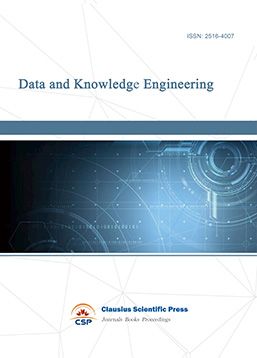
-
Journal of Database Systems
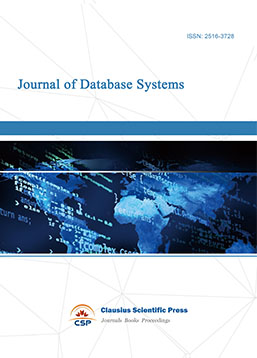
-
Journal of Cluster and Grid Computing
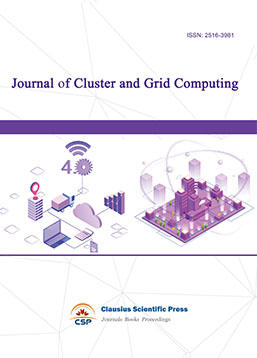
-
Cloud and Service-Oriented Computing
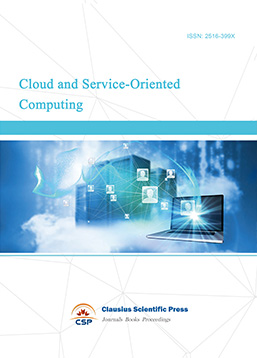
-
Journal of Networking, Architecture and Storage
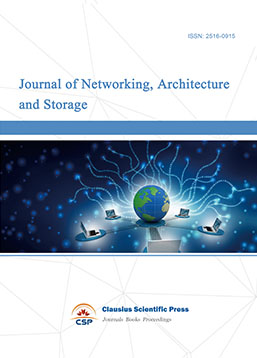
-
Journal of Software Engineering and Metrics
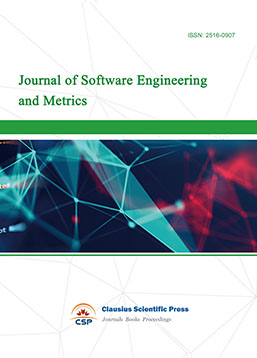
-
Visualization Techniques
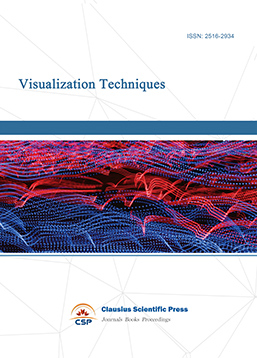
-
Journal of Parallel and Distributed Processing
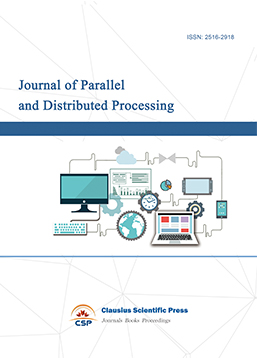
-
Journal of Modeling, Analysis and Simulation
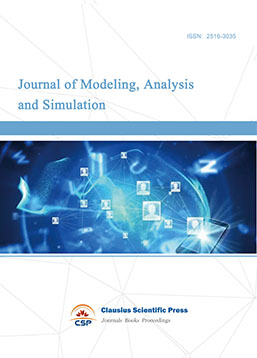
-
Journal of Privacy, Trust and Security
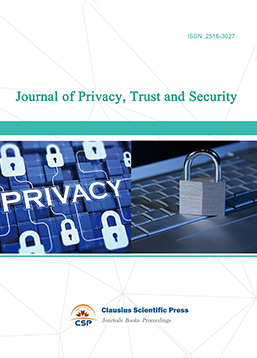
-
Journal of Cognitive Informatics and Cognitive Computing
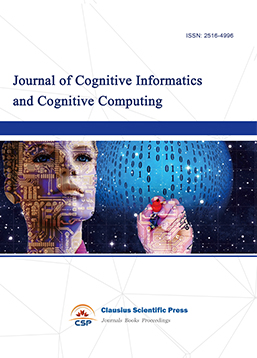
-
Lecture Notes on Wireless Networks and Communications
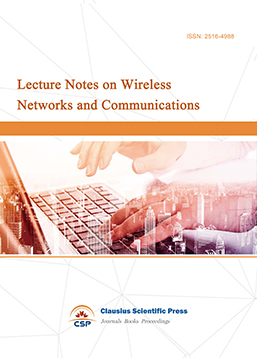
-
International Journal of Computer and Communications Security
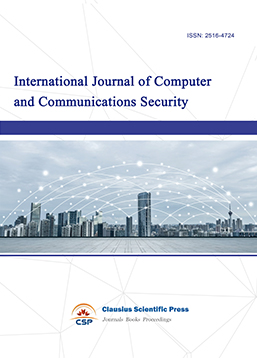
-
Journal of Multimedia Techniques
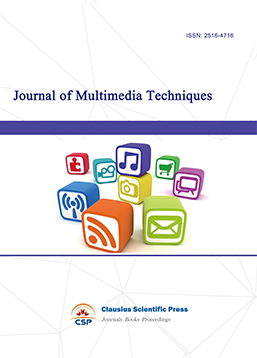
-
Computational Linguistics Letters
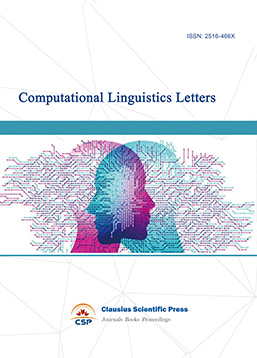
-
Journal of Computer Architecture and Design
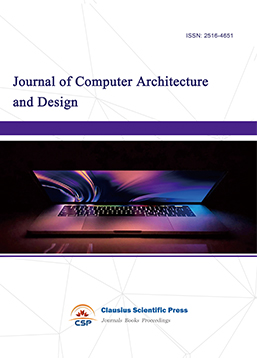
-
Journal of Ubiquitous and Future Networks
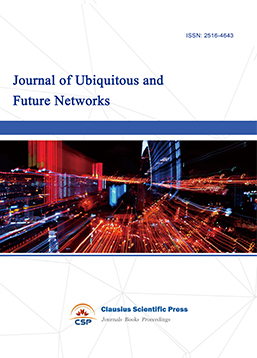

 Download as PDF
Download as PDF